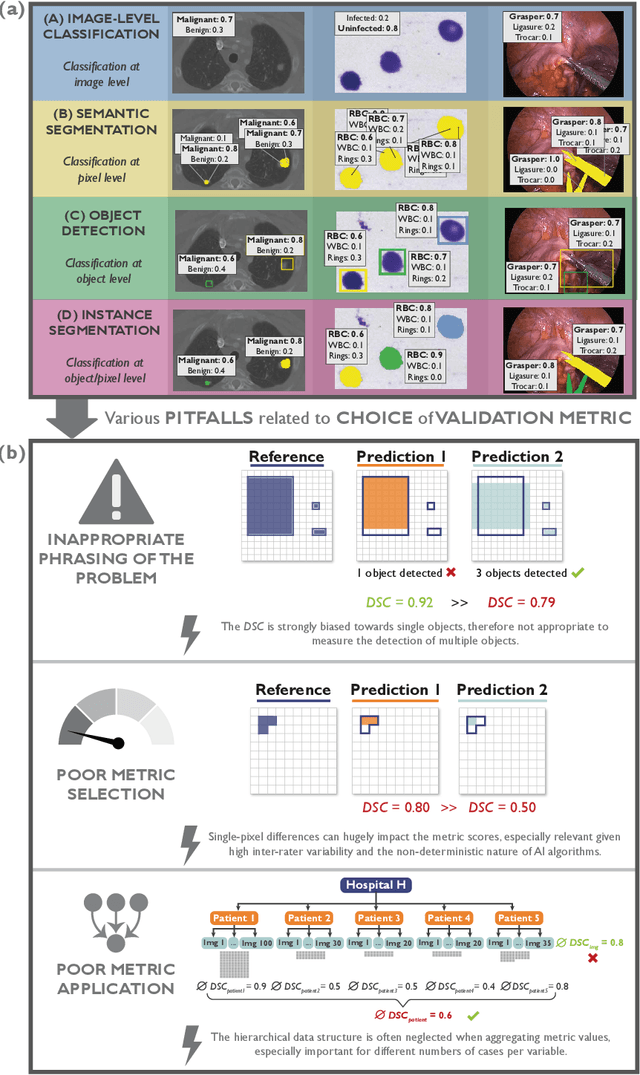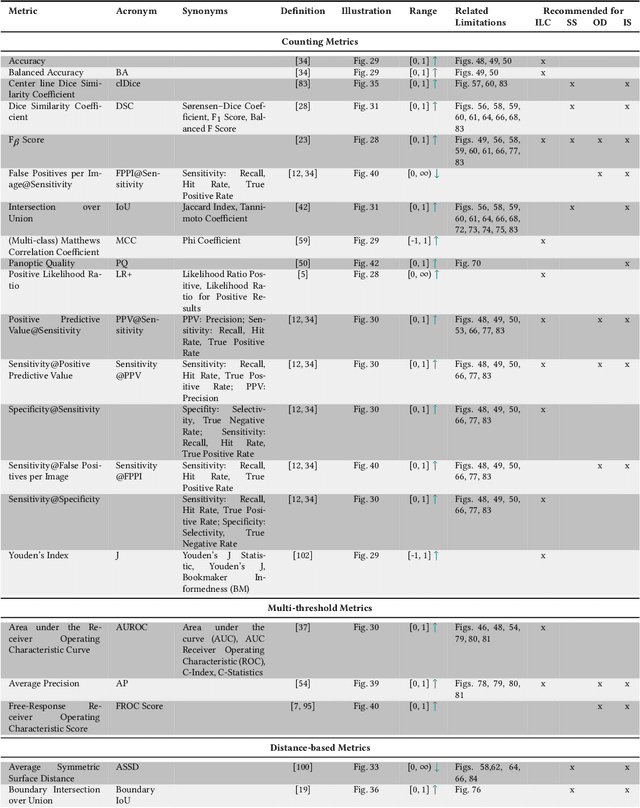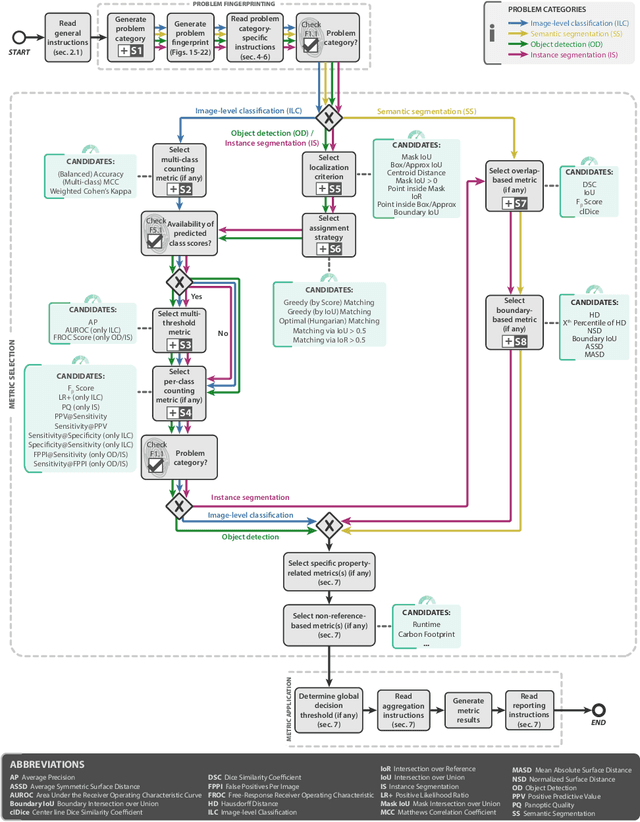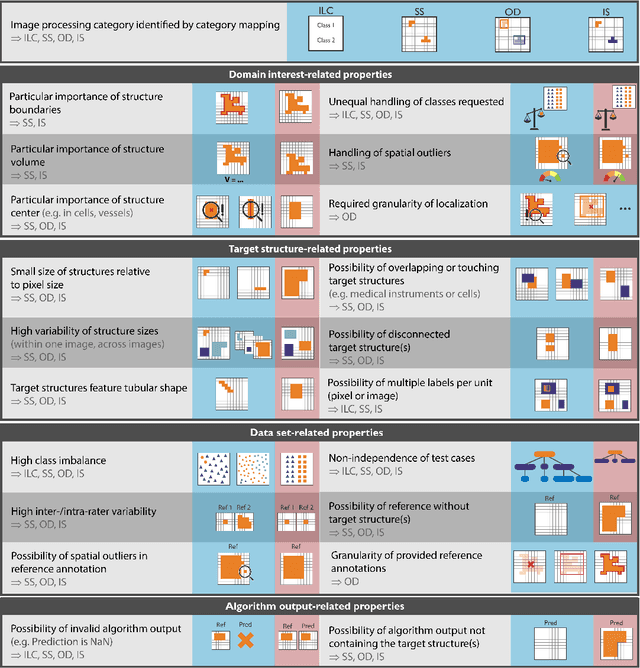Daniel A. Hashimoto
Disentangling spatio-temporal knowledge for weakly supervised object detection and segmentation in surgical video
Jul 23, 2024



Abstract:Weakly supervised video object segmentation (WSVOS) enables the identification of segmentation maps without requiring an extensive training dataset of object masks, relying instead on coarse video labels indicating object presence. Current state-of-the-art methods either require multiple independent stages of processing that employ motion cues or, in the case of end-to-end trainable networks, lack in segmentation accuracy, in part due to the difficulty of learning segmentation maps from videos with transient object presence. This limits the application of WSVOS for semantic annotation of surgical videos where multiple surgical tools frequently move in and out of the field of view, a problem that is more difficult than typically encountered in WSVOS. This paper introduces Video Spatio-Temporal Disentanglement Networks (VDST-Net), a framework to disentangle spatiotemporal information using semi-decoupled knowledge distillation to predict high-quality class activation maps (CAMs). A teacher network designed to resolve temporal conflicts when specifics about object location and timing in the video are not provided works with a student network that integrates information over time by leveraging temporal dependencies. We demonstrate the efficacy of our framework on a public reference dataset and on a more challenging surgical video dataset where objects are, on average, present in less than 60\% of annotated frames. Our method outperforms state-of-the-art techniques and generates superior segmentation masks under video-level weak supervision.
Understanding metric-related pitfalls in image analysis validation
Feb 09, 2023Abstract:Validation metrics are key for the reliable tracking of scientific progress and for bridging the current chasm between artificial intelligence (AI) research and its translation into practice. However, increasing evidence shows that particularly in image analysis, metrics are often chosen inadequately in relation to the underlying research problem. This could be attributed to a lack of accessibility of metric-related knowledge: While taking into account the individual strengths, weaknesses, and limitations of validation metrics is a critical prerequisite to making educated choices, the relevant knowledge is currently scattered and poorly accessible to individual researchers. Based on a multi-stage Delphi process conducted by a multidisciplinary expert consortium as well as extensive community feedback, the present work provides the first reliable and comprehensive common point of access to information on pitfalls related to validation metrics in image analysis. Focusing on biomedical image analysis but with the potential of transfer to other fields, the addressed pitfalls generalize across application domains and are categorized according to a newly created, domain-agnostic taxonomy. To facilitate comprehension, illustrations and specific examples accompany each pitfall. As a structured body of information accessible to researchers of all levels of expertise, this work enhances global comprehension of a key topic in image analysis validation.
Metrics reloaded: Pitfalls and recommendations for image analysis validation
Jun 03, 2022



Abstract:The field of automatic biomedical image analysis crucially depends on robust and meaningful performance metrics for algorithm validation. Current metric usage, however, is often ill-informed and does not reflect the underlying domain interest. Here, we present a comprehensive framework that guides researchers towards choosing performance metrics in a problem-aware manner. Specifically, we focus on biomedical image analysis problems that can be interpreted as a classification task at image, object or pixel level. The framework first compiles domain interest-, target structure-, data set- and algorithm output-related properties of a given problem into a problem fingerprint, while also mapping it to the appropriate problem category, namely image-level classification, semantic segmentation, instance segmentation, or object detection. It then guides users through the process of selecting and applying a set of appropriate validation metrics while making them aware of potential pitfalls related to individual choices. In this paper, we describe the current status of the Metrics Reloaded recommendation framework, with the goal of obtaining constructive feedback from the image analysis community. The current version has been developed within an international consortium of more than 60 image analysis experts and will be made openly available as a user-friendly toolkit after community-driven optimization.
Concept Graph Neural Networks for Surgical Video Understanding
Feb 27, 2022



Abstract:We constantly integrate our knowledge and understanding of the world to enhance our interpretation of what we see. This ability is crucial in application domains which entail reasoning about multiple entities and concepts, such as AI-augmented surgery. In this paper, we propose a novel way of integrating conceptual knowledge into temporal analysis tasks via temporal concept graph networks. In the proposed networks, a global knowledge graph is incorporated into the temporal analysis of surgical instances, learning the meaning of concepts and relations as they apply to the data. We demonstrate our results in surgical video data for tasks such as verification of critical view of safety, as well as estimation of Parkland grading scale. The results show that our method improves the recognition and detection of complex benchmarks as well as enables other analytic applications of interest.
 Add to Chrome
Add to Chrome Add to Firefox
Add to Firefox Add to Edge
Add to Edge